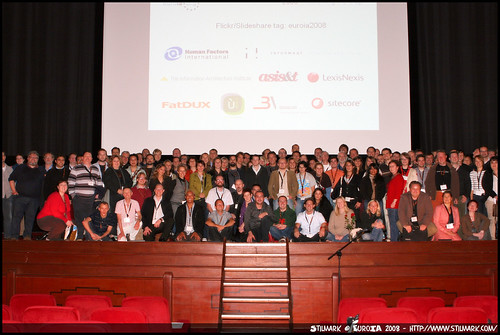The nice folks at Digital Web Magazine published my new article on Concept Design Tools. It’s already received some nice reviews in the Twitterverse…
For those of you who haven’t seen Victor Lombardi’s new article on concept design tools, it’s a must read…
…it’s brilliant stuff and super accessible. It’s great to see solid thinking around the topic. There isn’t enough of it.
…great article on concept design!!!!
Here’s some reactions from bloggers I keep hearing over and over, confirming why I think this topic is important for digital designers. Steven Clark asks, Where is the breadth of our design?…
where is our design process preceding the implementation phase? The moment we receive the brief we’re practically falling over ourselves to push forward, and implementation seems to go on at the same time that we’re figuring out what the product should do. This is as applicable to web solutions as to applications, we jump in boots and all with predetermined assumptions.
And Martin Belam writes…
One strong theme that came out of it for me personally though was that, unlike industrial designers, when we make web applications and sites we tend to rush to wireframes and ‘colouring in’ before we have explored multiple potential solutions. Victor’s championing of questioning the brief looked like a good way to try and break out of that vice.
Since writing it I’ve already discovered similar work that’s been done over the past several decades. My approach is different in that the tools are simple and fast enough for any designer to use without having to learn a lot about method, but I will be spending some time with the masters to learn how I can climb onto their shoulders.

